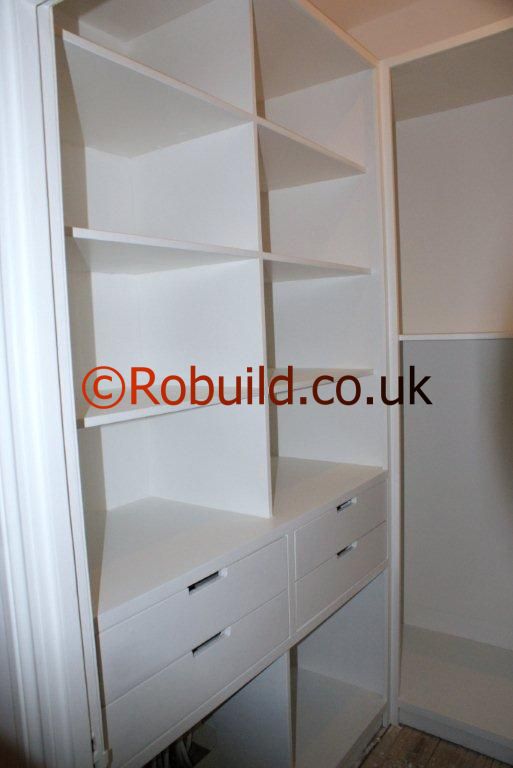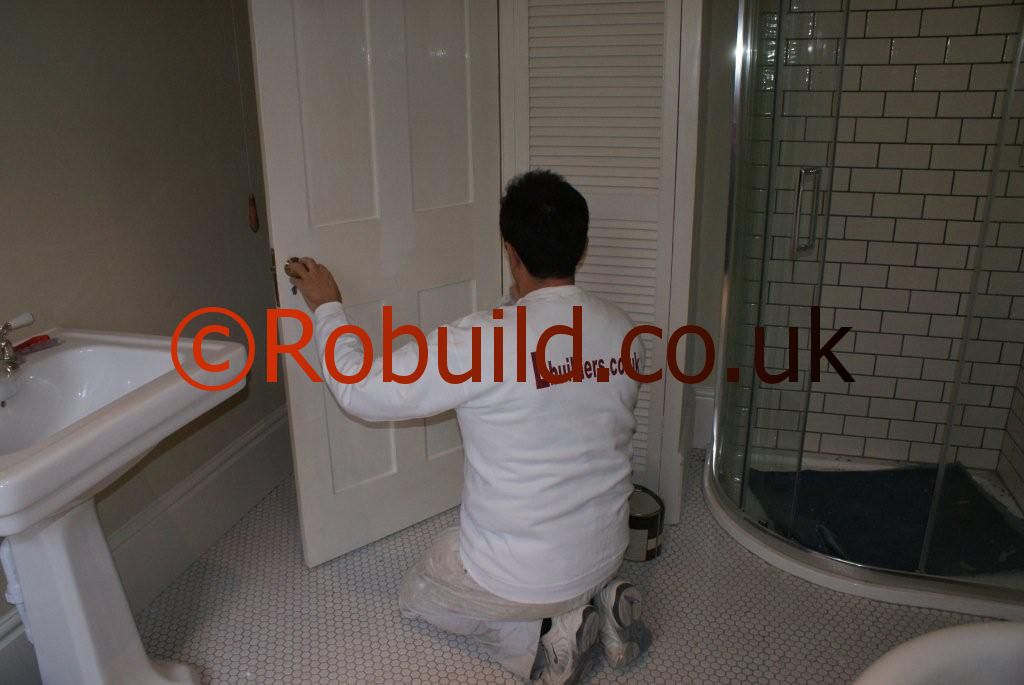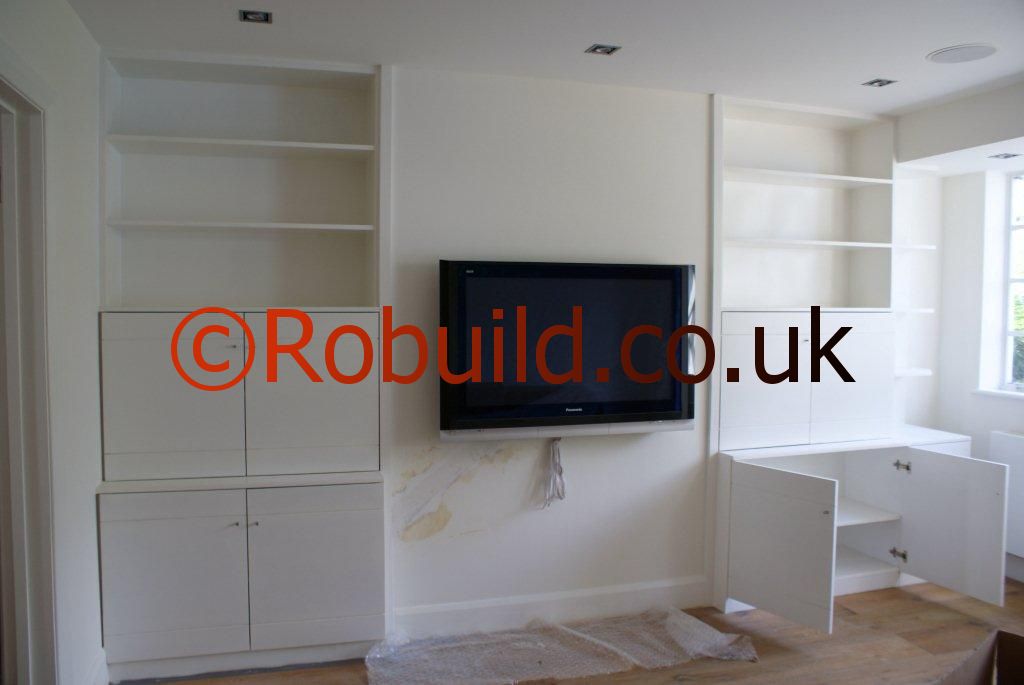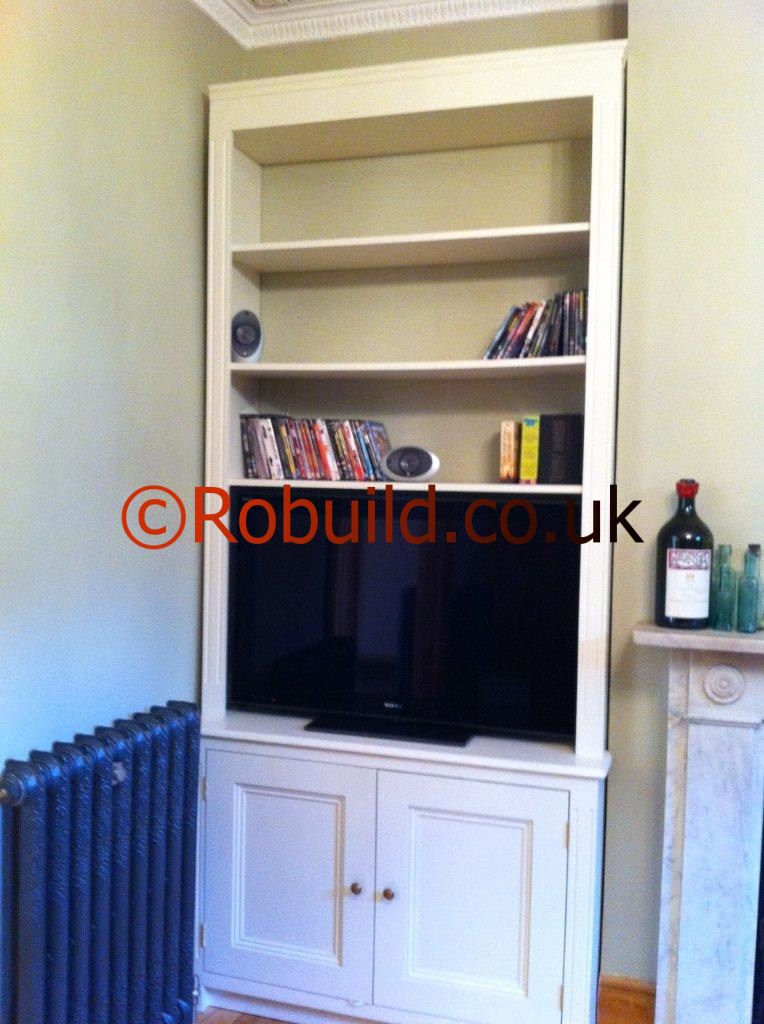Always try to use the wall for storage, rather than the floor, because large empty floor areas create an illusion of space. On the other hand, avoid having all your storage units hugging the walls.

Types of storage that can be built
Cupboards, shelves and drawers each have their good and bad points. Cupboards are clean and generally look neat. However, doors can be a nuisance. Sliding doors, which are, admittedly, wonderful space-savers, tend to limit the view into a cupboard but they are easily obstructed by tightly packed clothing and by small objects stuck in the tracks, and they can do damage to delicate equipment.

Doors with horizontal slats or louvres are expensive and attract, rather than repel dirt. Two kinds of doors which may solve difficult problems are concertina-action and ‘up-and-overs’.

If you have eye-level wall cupboards it is always worthwhile taking them up to the ceiling. This prevents a dirt trap and provides valuable long-term storage space. Shelves are usually cheaper than cupboards and offer easy access to their contents, but the amount of work and skill involved in making good shelves is often underestimated.

They tend not to show their weaknesses until long after they have been put up. The ‘box’ method is a good way of making shelves and it makes a variety of objects look neat and compact. The vertical pieces act as dividers or book ends and form supports to prevent the shelves from sagging. If the whole unit is made soundly it will require far fewer fixing points than conventional shelves would.

Drawers tend to be expensive and can be a nuisance unless they are a good fit. The best place to position them is below working surfaces where they can use awkward space economically and their contents can be seen easily. Sometimes it is possible to buy good sets of drawers cheaply from second-hand shops, but check first for dry-rot and woodworm. By painting them and changing the handles they can be successfully incorporated into your fitted storage units. Cupboards, shelves and drawers can be free-standing, fitted or built-in.

Consider the following points before making any decisions. Free-standing units have the distinct advantage of allowing you to alter the layout of your rooms frequently. You can also take them with you if you move. Although they probably require more knowledge and skill to make than other types, there is a wide variety available on the market.
Dual purpose seats, and tables which are either portable or fitted with castors, can be quickly transferred between rooms. The principle of using ‘dead’ space under furniture, especially beds, is ideal, if space is very limited. Often capacious drawers can fill up the space under beds which would otherwise just be a dust trap. Fitted furniture, by definition, is usually screwed to the wall or floor, but it can be removed if you wish.

There is an excellent range of units on the market suitable for all kinds of storage requirements. Built-in furniture is an integral part of the structure of a building, and is strictly permanent.
If you intend to carry out any structural work yourself and you are in any doubts then consult a specialist carpenter.
Choosing suitable storage for house
If you never allow personal preferences to influence your decisions all the fun would go out of home planning. However, there are certain practical aspects to consider before making your final decisions.
